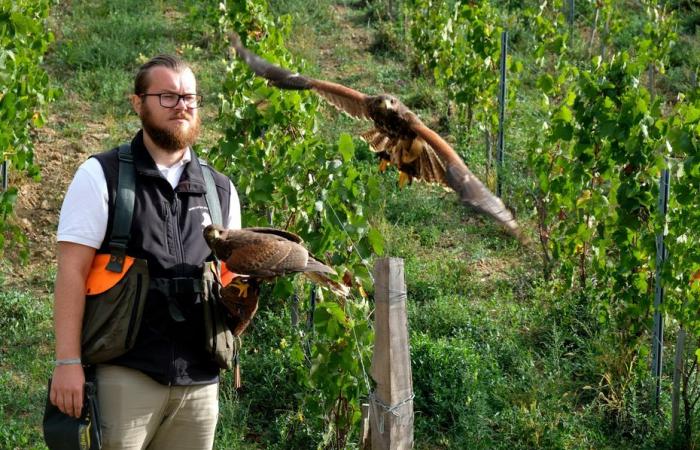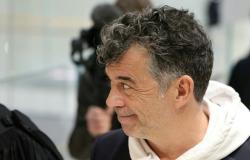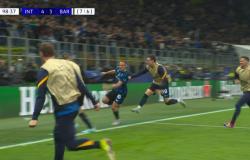For several years, the League for the Protection of Birds of Auvergne Rhône-Alpes has been following the nesting of hawks. Webcams were installed in 2022, on the artificial nest boxes in order to follow 24 hours a day the good development of nests. Since this year, the public can access live images.
Most of the day: our exclusive selection
Every day, our editorial staff reserves you the best of the regional info. A selection just for you, to stay in connection with your regions.
France Télévisions uses your email address to send you the newsletter “The essentials of the day: our exclusive selection”. You can unsubscribe at any time via the link at the bottom of this newsletter. Our Privacy Policy
For several years, the Auvergne Rhône-Alpes bird protection league has been trying the reintroduction of the pilgrim and crecelle in urban environment. To achieve this, the LPO installed artificial nest boxes.
The first appeared in 2007 in Feyzin, in 2010 another in Vénissieux and at Part Dieu, in 2014 on the Metal Tower of Fourvière then in 2017 on the bell tower of the Church of Vaise. They are placed in height, as in a natural environment, where raptors nest on the cliffs.
-In town, hawks find food and protection.
Considered the fastest birds in the world, they are able to reach 390 km/h in stake. These raptors play an essential role by controlling the population of rodents and other prey. The nesting period of pilgrim and crece -faces generally extends from March to June with laying and hatching observed in March for certain couples.
In addition to the nest boxes, the LPO d’Auvergne Rhône-Alpes installed four cameras in four different cities, such as in Grenoble, Lyon, Châteauneuf or Saint-Chamond to observe the nesting of these birds. With the installation of these cameras, not disturbing for the animal, the specialists were able to follow, remotely and live, the hatching of the eggs. They allow the study of their natural habits. Today, the LPO wishes to promote these little -known species. On its site, we can follow the development of the nests live.
Before the installation of the nest boxes, these raptors almost disappeared in the 1970s. A powerful pesticide nicknamed DDT caused the disappearance of the hawks. Originally, this pesticide was used to eliminate harmful insects. In 1971, this pesticide was ultimately prohibited, because it was considered carcinogen. Little by little, these birds returned to the Lyon metropolis. According to Jean-Pascal Faverjon, specialist in hawks at the LPO d’Auvergne Rhône-Alpes: “Since the creation of the nest boxes, there have been nearly 177 young hawks who flew.”
The presence of hawks could become essential in the future, in particular to combat the proliferation of pigeons. Certain municipalities of the Lyon metropolis plan to install nest boxes in order to limit the nuisance linked to pigeon droppings and to adopt a more natural method to regulate their population.








